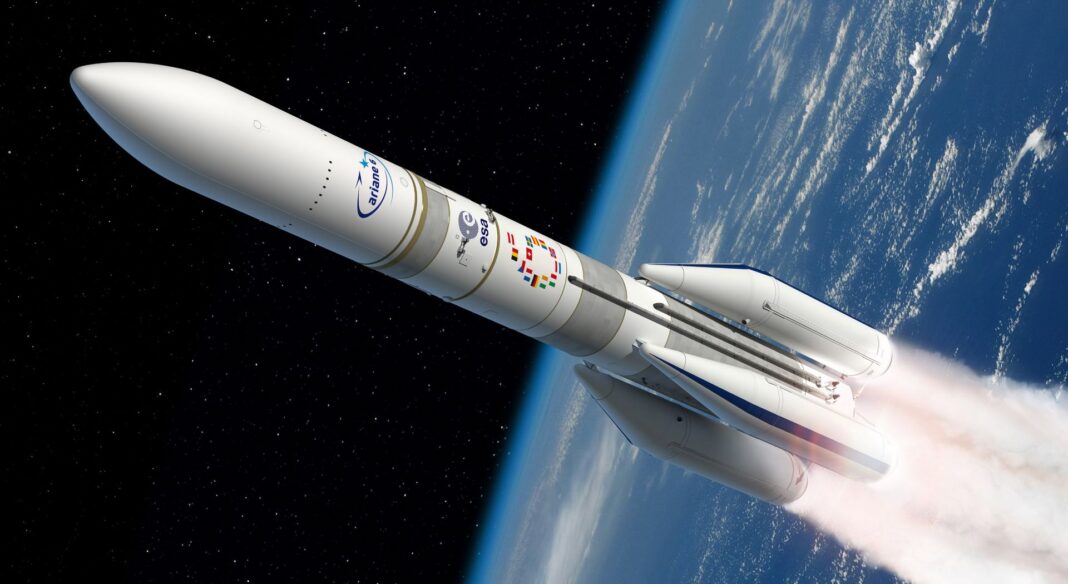The European Space Agency’s (ESA) Ariane 6 rocket will fly for the first time on June 15, 2024. It will carry an array of small satellites, including two from NASA, ESA officials added.
After four years of delays, Ariane 6 is making progress: a scaled-down model of the heavy-lift rocket was tested at the site last week in Kourou, French Guiana.
“Assuming that everything goes nominally without major problems, we expect that Ariane 6 will make its first flight between June 15 and July 31 next year,” said ESA director Josef Aschbacher.
However, he warned later in the briefing that “there may be one delay or another that could occur.”
Ariane 5 launched European satellites into orbit for a quarter of a century. Notable missions include the launch of the James Webb Space Telescope, the Jupiter Icy Moons Explorer (JUICE), and the Rosetta spacecraft.
Europe has emphasized that it needs independent access to space for launch, but recently it has relied – like much of the industry – on SpaceX.
Ariane 6 was conceived in early 2010 to offer cheaper rocket launches. But numerous technical obstacles and the COVID-19 pandemic have prevented the planned Ariane 6 door-opening mission in 2020.
Even before the pandemic, SpaceX’s successes with reusable technology made Europe’s new rocket obsolete. Until 2030, ESA does not plan to have its own reusable rocket. By then, SpaceX’s Starship will have already completed historic missions to the Moon.









